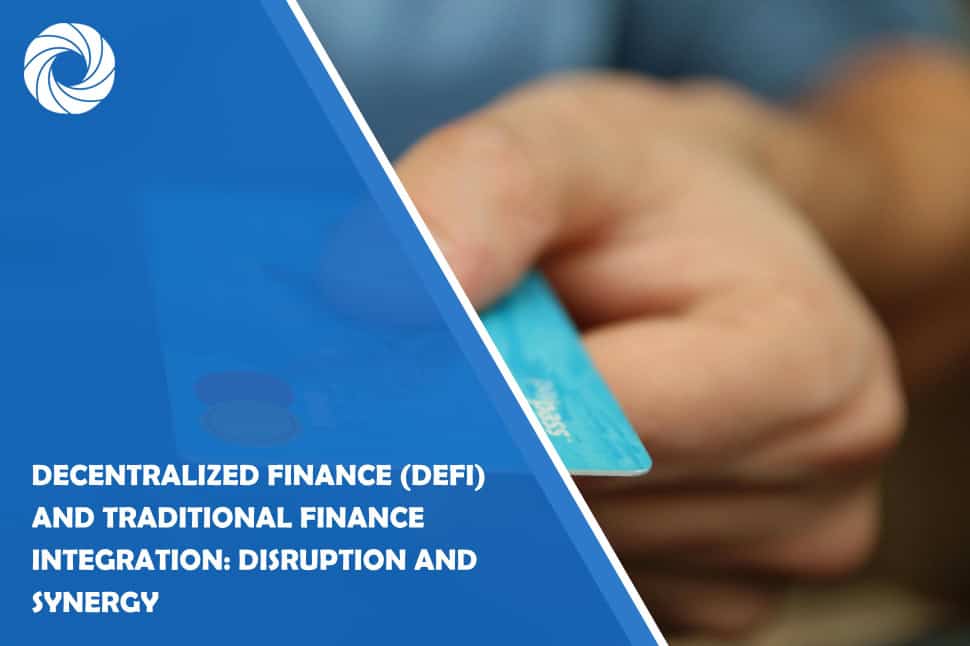The Future of Money Shaped for All
Decentralized Finance (DeFi) is a transformative innovation in the financial industry. It's shaking the world! They are built on blockchain technology. It aims to decentralize the traditional financial systems. It eliminates intermediaries and leverages smart contracts. DeFi ensures transparency, efficiency, and accessibility. And 22Bet Senegal and other platforms are already accepting this payment method. This article explores the potential for DeFi to disrupt traditional financial systems. It also examines successful DeFi projects and their real-world applications.
Disrupting the Status Quo
These conventional architectures of money are less distributed than the innovative ones. Banks and any other institutions interconnect the two by acting as the middlemen. It may also lead to; high charges, number and limited ability to use services and types of equipment. DeFi relies on decentralized systems by applying Ethereum and other blockchains to it.
- Enough of Intermediaries:
- Traditional finance relies on banks and brokers. These intermediaries add costs and delays. DeFi uses smart contracts to automate transactions without intermediaries. It means less costs and more speed.
- More Transparency and Security:
- Blockchain provides a transparent and immutable ledger of transactions. This transparency can reduce fraud and increase trust.
- Enhancing Accessibility:
- You just need an internet connection. This inclusivity provides financial services to unbanked and underbanked populations. These groups are often excluded from traditional finance due to geographical or socioeconomic barriers.
- New Financial Products:
- DeFi introduces innovative financial products like yield farming, liquidity pools, and synthetic assets. These products offer new ways to earn, invest, and manage finances. They often provide higher returns and greater flexibility than traditional products.
- Reducing Costs and Fees:
- DeFi removes intermediaries and automates processes. This significantly reduces costs and fees. It makes financial services more affordable and accessible to a broader audience.
Real-World Applications
Several DeFi projects disrupt traditional systems and offer real-world applications. Here are some notable examples:
MakerDAO and Dai
Overview: A decentralized autonomous organization on the Ethereum blockchain. It allows users to generate Dai, a stablecoin pegged to the US dollar, by locking up collateral.
Impact: Dai offers a stable digital currency for transactions, savings, and loans. There's no volatility like the other cryptocurrencies. MakerDAO enables decentralized lending and borrowing, bypassing traditional banks and lenders.
Real-World Application: Dai provides a reliable alternative for saving and transacting. It's especially useful in volatile economies. Businesses can use Dai to hedge against currency fluctuations. It ensures stability in their financial operations.
Compound Finance
Overview: Compound is a decentralized lending and borrowing platform on Ethereum. It allows users to lend and borrow crypto assets by providing collateral.
Impact: Compound creates a decentralized money market with algorithmically determined interest rates. This offers more flexible and efficient lending and borrowing compared to traditional banks.
Real-World Application: Users worldwide can earn passive income on their crypto holdings or obtain loans without undergoing credit checks or lengthy approval processes. This democratizes access to financial services.
Uniswap
Overview: Uniswap is a decentralized exchange (DEX) for trading Ethereum-based tokens. It uses an automated market maker (AMM) model with liquidity pools.
Impact: Uniswap revolutionizes token trading by eliminating centralized exchanges and order books. It provides a more secure and decentralized way to trade cryptocurrencies.
Real-World Application: Uniswap offers liquidity for a wide range of tokens. It includes new and niche assets not listed on centralized exchanges. It democratizes access to trading and investment opportunities.
Aave
Overview: Aave is a decentralized lending protocol. It allows users to lend and borrow various cryptocurrencies. It introduced instant flash loans, uncollateralized loans repaid within one transaction block.
Impact: Aave expands decentralized lending with features like flash loans. It enables sophisticated financial strategies. It improves efficiency and accessibility in the lending market.
Real-World Application: Aave's flash loans are used for arbitrage, refinancing, and other complex financial manoeuvres that require instant liquidity. This opens new avenues for traders and investors.
Synthetix
Overview: Synthetix is a decentralized platform for creating and trading synthetic assets. These assets represent real-world items like stocks, commodities, and fiat currencies.
Impact: Synthetix allows users to gain exposure to various assets without holding the underlying asset. This democratizes access to global financial markets and provides diversification opportunities.
Real-World Application: Investors can trade synthetic assets representing real-world assets. This enables them to hedge risks and gain exposure to different markets without relying on traditional brokers.
Democratic DeFi
Decentralized Finance (DeFi) offers more transparency, efficiency, and inclusivity. Pioneering projects demonstrate real-world applications. They showcase the benefits of decentralized finance.
Here is the image representing the potential of Decentralized Finance (DeFi) to transform traditional financial systems, highlighting transparency, efficiency, and inclusivity, along with successful projects like MakerDAO, Compound, Uniswap, Aave, and Synthetix.
